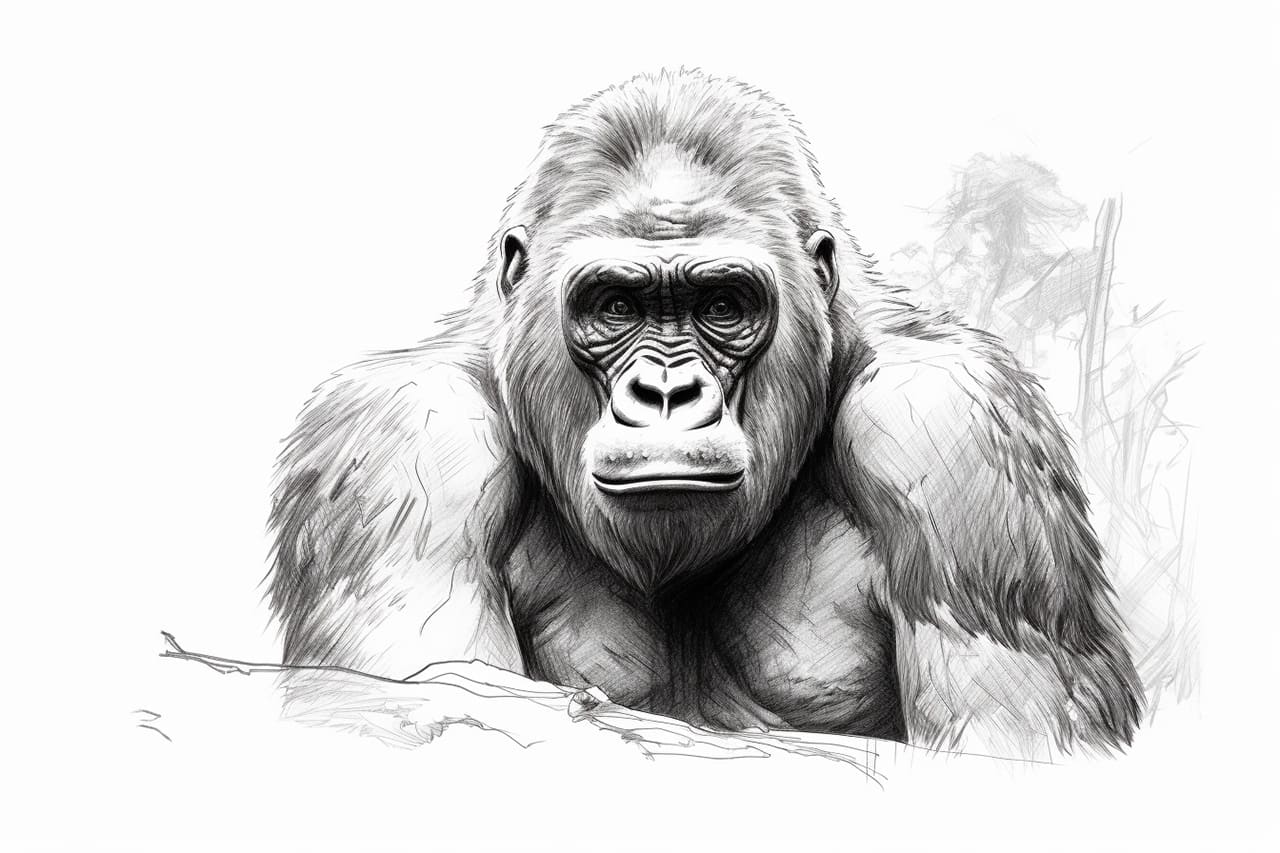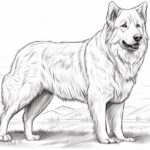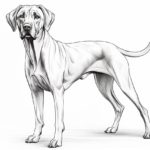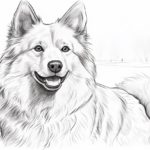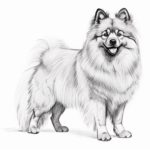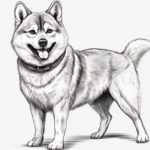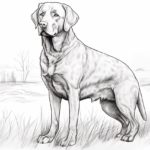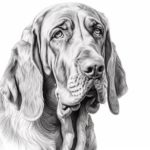Welcome to this step-by-step guide on how to draw a gorilla. Whether you are a beginner or an experienced artist, this tutorial will help you capture the majestic essence of this incredible animal on paper. With a few simple steps and some basic drawing materials, you will be able to create your own lifelike gorilla illustration. So, let’s get started!
Materials Required
Before we delve into the drawing process, let’s gather the necessary materials:
- Drawing paper or sketchbook: Choose a smooth and sturdy surface that can handle pencil and eraser without tearing or smudging.
- Pencils: Collect a range of graphite pencils, such as 2H, HB, 2B, 4B, and 6B. These varying grades will allow you to achieve different tones and textures in your drawing.
- Erasers: Have a kneadable eraser and a soft eraser on hand for correcting mistakes and achieving highlights.
- Blending tools: Consider using blending stumps or tortillions to create smooth gradients and soften edges in your drawing.
- Reference image: Find a clear and detailed photograph of a gorilla to reference throughout your drawing process. This will help you understand the gorilla’s anatomy and capture its unique features accurately.
Now that we have everything we need, let’s move on to the drawing steps.
Step 1: Basic Shapes
Start by lightly sketching the basic shapes of the gorilla’s head and body. Begin with a large oval shape for the head, followed by a slightly elongated oval for the body. These shapes will serve as the framework for the gorilla’s structure.
Step 2: Facial Features
Refine the sketch of the gorilla’s head by adding the facial features. Draw two small circles for the eyes, and within them, sketch the irises and pupils. Position the eyes close together, mirroring the gorilla’s actual anatomy. Add a larger oval shape for the gorilla’s snout, and beneath that, outline the mouth and nose.
Step 3: Ears and Hair
Next, sketch the gorilla’s ears on either side of the head. Gorillas have distinctively shaped ears, so pay attention to their size and placement. Once the ears are in place, start adding the facial hair around the gorilla’s face. Use quick, short strokes to indicate the texture and direction of the hair.
Step 4: Body Structure
Refine the body sketch by adding details such as the gorilla’s broad shoulders, arms, and torso. Pay attention to their muscular structure and proportions. Remember, gorillas have a hunched posture, so capture that in your drawing.
Step 5: Limbs and Hands
Begin outlining the gorilla’s limbs, starting with the upper arms and gradually moving down to the lower arms. Add short lines to indicate muscle definition and joints. Don’t forget to sketch the gorilla’s large hands, which have opposable thumbs.
Step 6: Fingers and Toes
Add details to the gorilla’s hands by outlining the fingers. Gorillas have longer fingers than humans, so exaggerate their length slightly. Similarly, sketch the toes on the gorilla’s feet, which are also longer and more curved than human toes.
Step 7: Fur Texture
The texture of a gorilla’s fur is an important element to capture in your drawing. Use short, curved strokes to indicate the direction of the fur. Start from the top of the head and work your way down the body. Vary the length and thickness of the strokes to create a realistic fur texture.
Step 8: Facial Details
Refine the facial features by adding more details. Sketch the gorilla’s eyebrows, which are usually prominent. Pay attention to the shape and position of the eyes, nose, and mouth. Add subtle shading to create depth and dimension.
Step 9: Shading and Texture
Now, it’s time to bring your gorilla drawing to life by adding shading and texture. Analyze your reference image and identify areas of light and shadow. Use your range of graphite pencils to create a gradual transition from light to dark tones. Pay close attention to the contours of the gorilla’s muscles and the variations in its fur texture.
Step 10: Final Touches
Take a step back and evaluate your drawing. Make any necessary adjustments and refine the details to achieve a more accurate representation of a gorilla. Erase any stray lines or smudges and add final touches to enhance the overall appearance of your artwork.
Conclusion
Congratulations! You have successfully learned how to draw a gorilla. By following these step-by-step instructions, you have created a captivating illustration of this magnificent animal. Remember to practice regularly and experiment with different techniques to further improve your artistic skills. Drawing animals, like the gorilla, can provide a rewarding challenge and an opportunity to refine your observation abilities. So keep exploring the world of art and enjoy the process!

